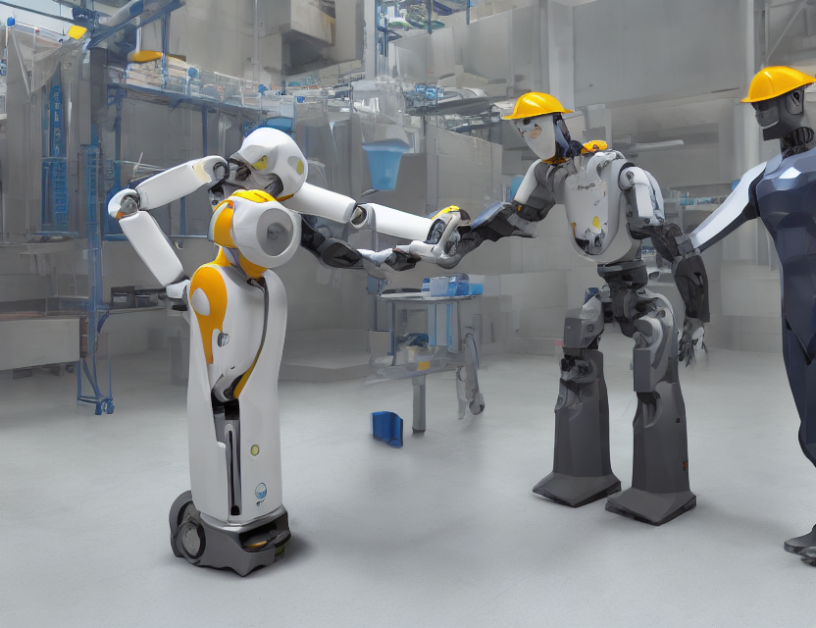Collaborative robots, or cobots, have become increasingly prevalent in various industries due to their potential benefits during the COVID-19 pandemic. As humans and robots work together more closely, it is essential to address the safety concerns associated with human-robot interaction. This article reviews statistics on injuries caused by interacting with robots, emphasizing the need for proper safety measures.
The first algorithm developed in this study focuses on avoiding collisions between a mobile robot and a human being. When a human is detected near the robot, it moves its base to avoid hitting them. If the human remains in the unsafe area, the robot moves its mechanical arm away from them. The second algorithm is designed for scenarios where a human is detected at an unsafe distance from the robot. In this case, the robot moves its base to avoid hitting the human and then checks if they are still within its unsafe area. If so, it moves its mechanical arm in the opposite direction.
Overall, these algorithms prioritize safety when interacting with humans, ensuring both humans and robots can work together safely and efficiently. By implementing these measures, we can minimize the risk of injuries and accidents caused by human-robot interaction.
Ensuring Safe Human-Robot Interaction in Industrial Settings



